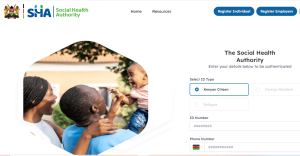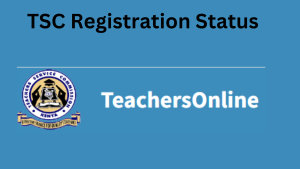The Primary Health Care Fund (PHCF) stands as a beacon of hope in the quest for universal health coverage. In a world where access to basic healthcare remains a challenge for millions, the PHCF provides a lifeline, ensuring that even the most vulnerable populations receive essential health services.
By investing in primary health care, the fund not only addresses immediate health needs but also lays the foundation for long-term, sustainable health systems.
Join us as we delve into the transformative impact of the Primary Health Care Fund and explore the stories of those whose lives have been touched by this crucial initiative.
Primary Health Care
Primary health care (PHC) forms the backbone of the Social Health Assistance (SHA) system in Kenya, playing a pivotal role in ensuring equitable healthcare access for all citizens. PHC focuses on the delivery of essential health services directly at the community level, addressing the most common health needs of individuals and families.
It includes preventive, promotive, curative, rehabilitative, and palliative services, which are crucial in reducing the overall disease burden and improving health outcomes in the population.
To support the effective implementation of PHC, the SHA has established a dedicated Primary Health Care Fund (PHCF). This fund is designed to ensure that community-based health services remain accessible, affordable, and of high quality.
The PHCF provides financial resources to enhance the capacity of primary health care facilities, particularly in underserved and rural areas, where access to healthcare has traditionally been limited. By channeling resources into local health centers, dispensaries, and clinics, the PHCF empowers communities to receive care closer to home, reducing the need for costly referrals to higher-level hospitals.
One of the key goals of the PHCF is to make primary healthcare universally accessible, regardless of an individual’s financial status. It aims to reduce the financial strain on families by covering basic health services, vaccinations, maternal and child care, and treatment for common illnesses.
This ensures that individuals, especially those from low-income and marginalized communities, can receive timely medical attention without the worry of high costs. The fund also promotes the integration of community health workers, who are essential in providing health education, early diagnosis, and basic treatments.

In addition to improving access, the PHCF seeks to enhance the quality of care at the primary level by investing in infrastructure, medical supplies, and the training of healthcare personnel.
This ensures that primary health care centers are well-equipped to handle a broad range of health issues, fostering healthier communities and reducing the pressure on secondary and tertiary healthcare facilities.
By strengthening primary health care through the PHCF, the SHA is aligning with Kenya’s broader goals of achieving Universal Health Coverage (UHC) and realizing its constitutional commitment to healthcare as a fundamental right. The fund is an essential mechanism in ensuring that no one is left behind in accessing vital healthcare services, paving the way for a healthier and more resilient nation.
Conclusion
In conclusion, the Primary Health Care Fund is more than just a financial mechanism; it is a testament to the power of collective action and global solidarity. By prioritizing primary health care, we can build resilient health systems, reduce health inequalities, and ensure that everyone, regardless of their socio-economic status, has the opportunity to lead a healthy life.
As we continue to face global health challenges, the PHCF serves as a reminder that with adequate resources and a commitment to health equity, we can create a world where access to quality health care is a reality for all. Let us all contribute to this vital cause and support the vision of a healthier future for everyone.



